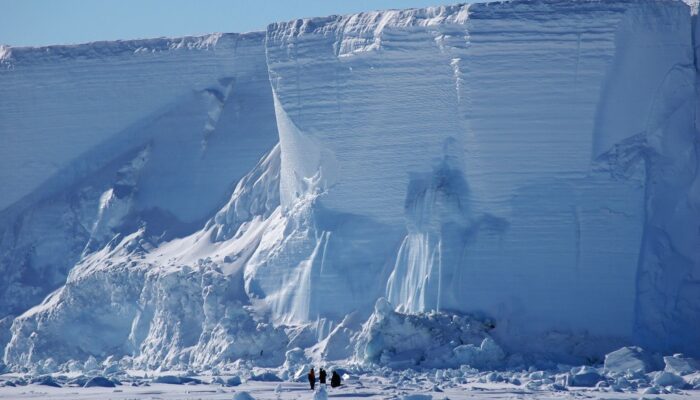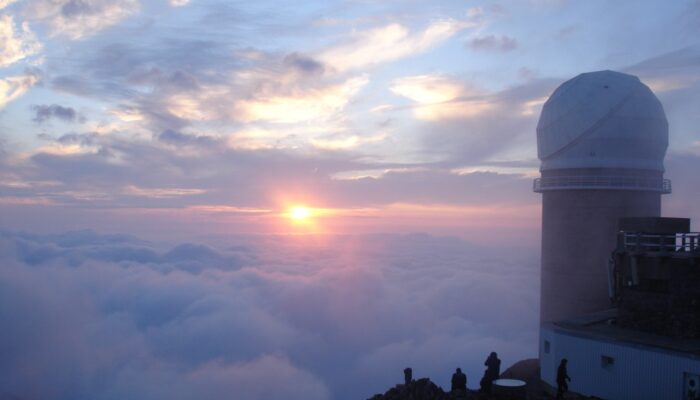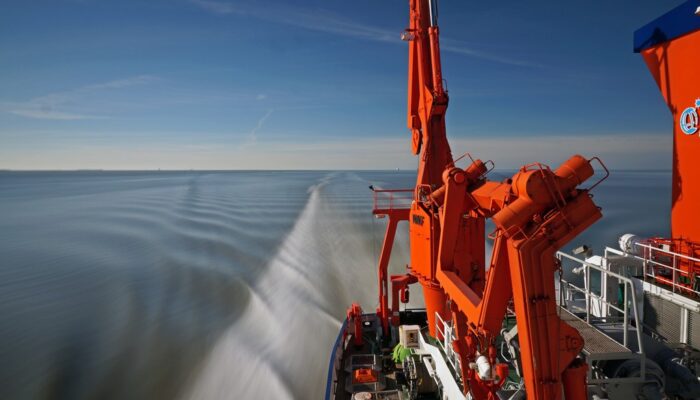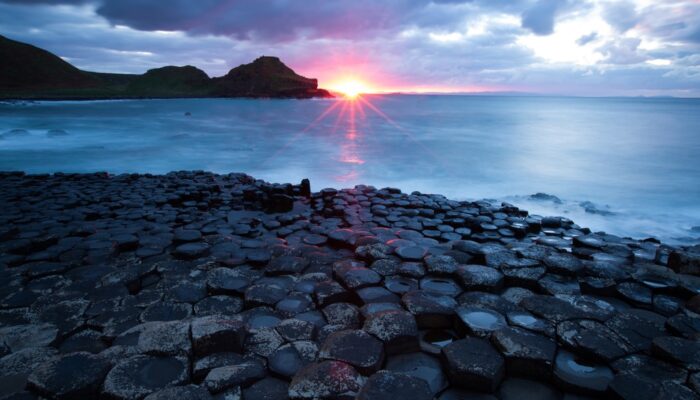This was taken during a study, undertaken by me and my colleagues, on the sea ice of McMurdo Sound, Antarctica. We designed the project to document how supercooled water carrying suspended ice crystals flows along its pathway towards the open ocean. Ultimately, this work aims to assess the Ross Ice Shelf’s contribution of local melt to the long-term trend of increased sea ice cover around Antarcti ...[Read More]
Imaggeo on Mondays: An iceberg-sized issue




